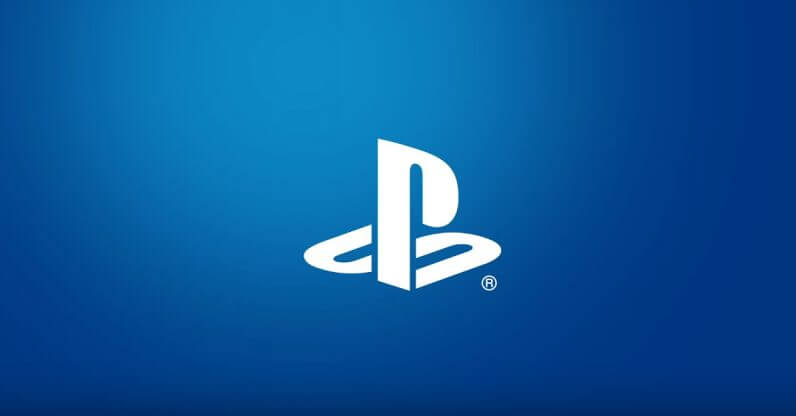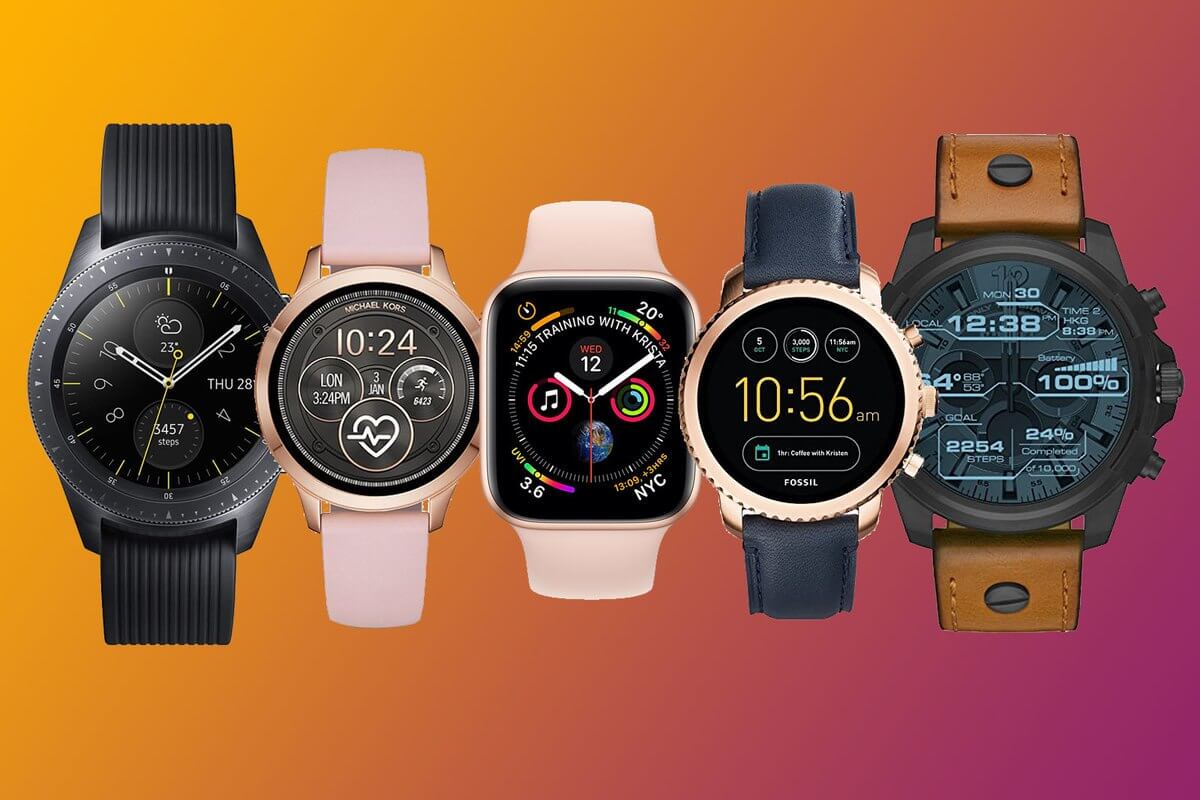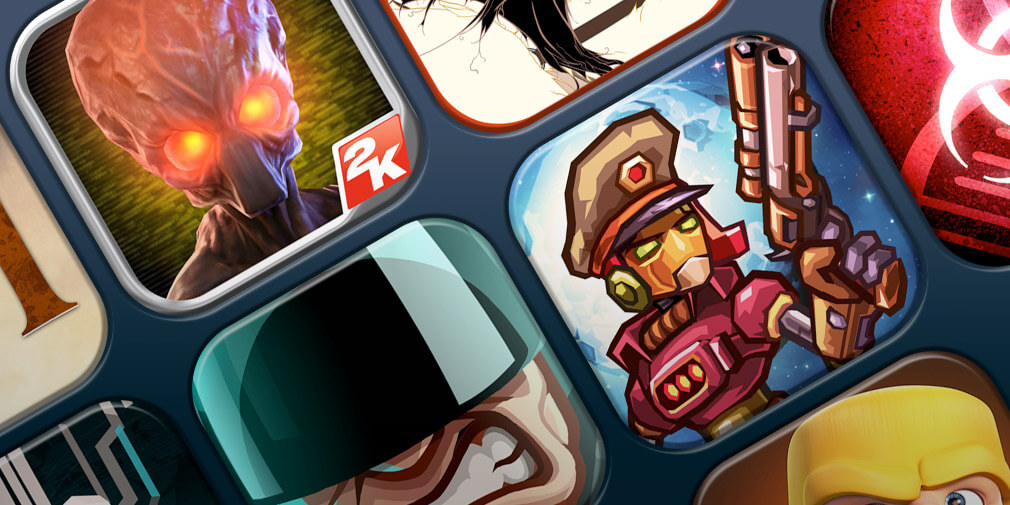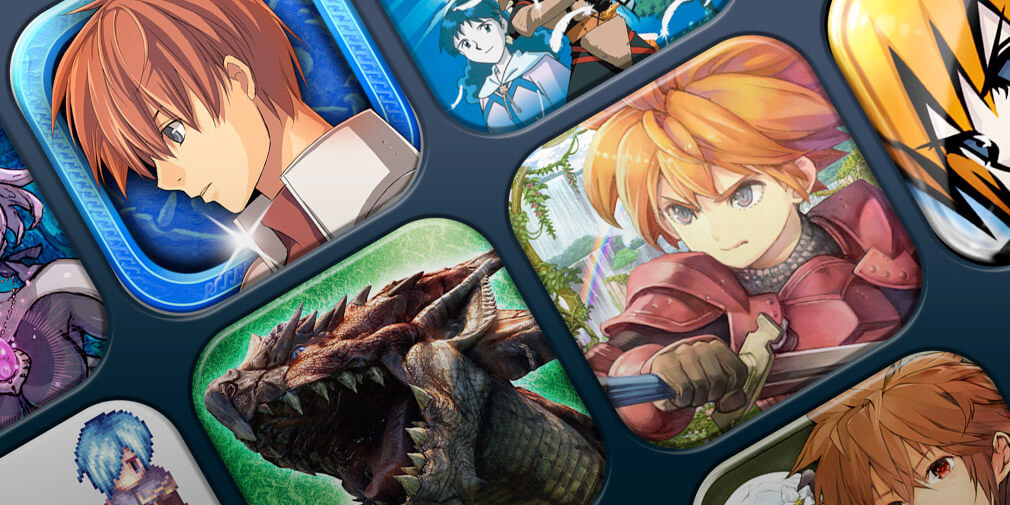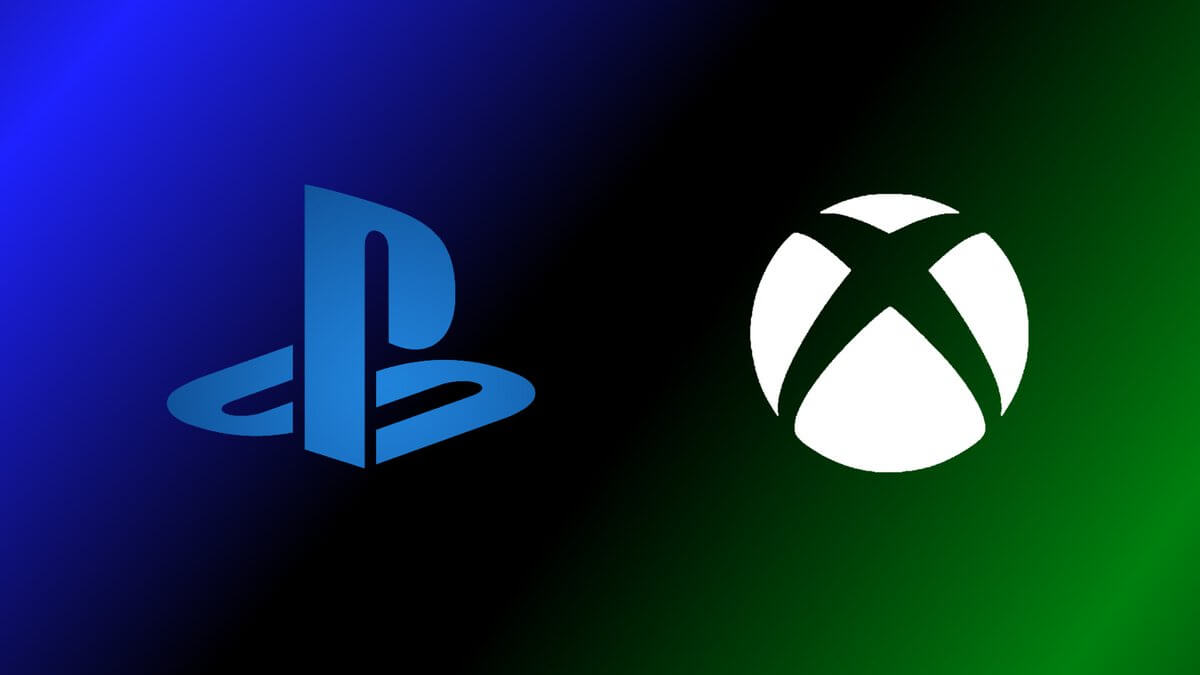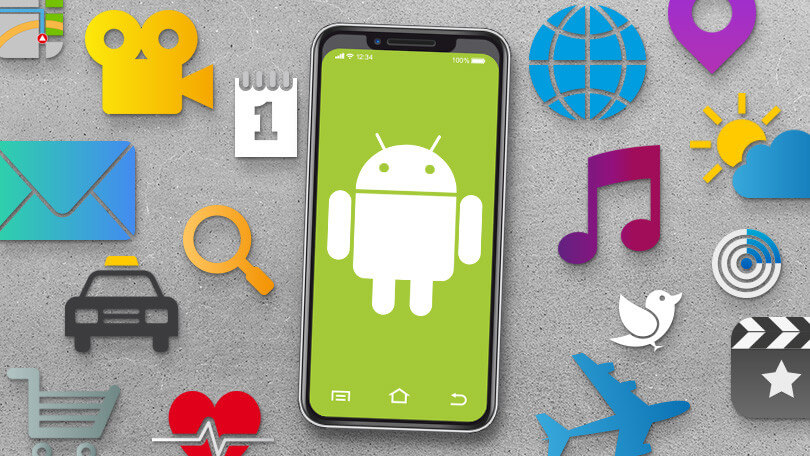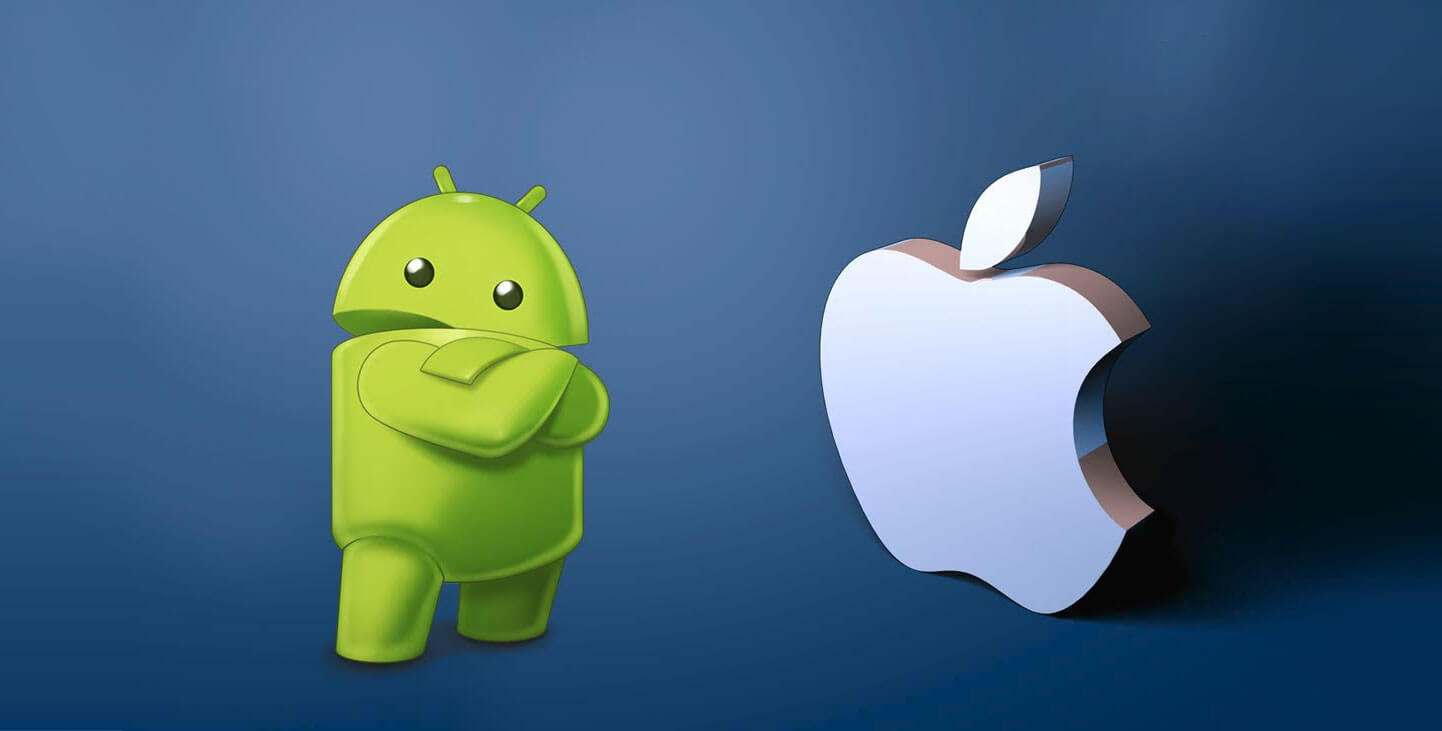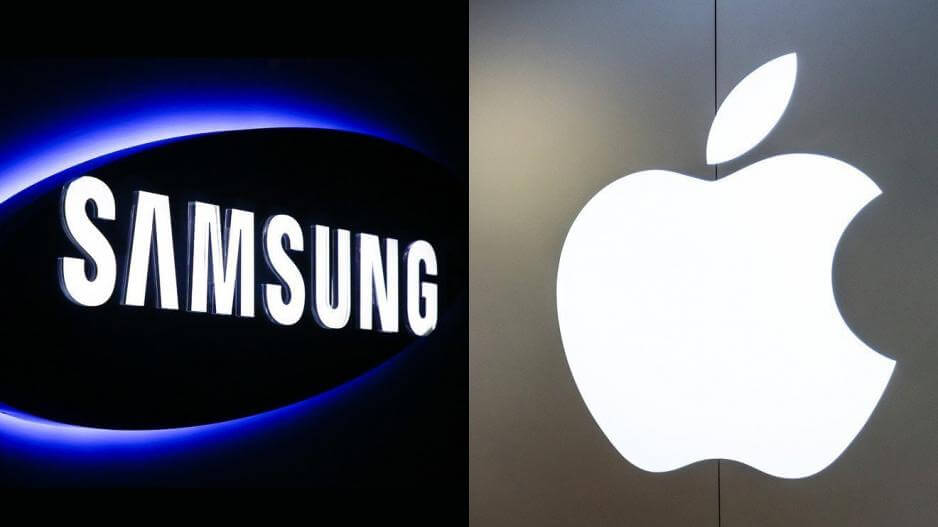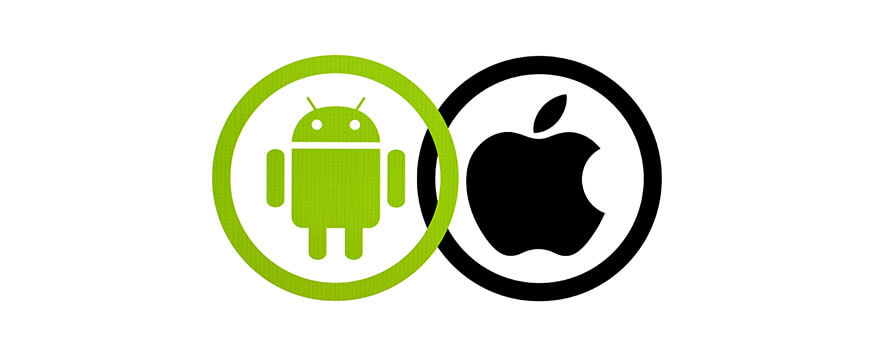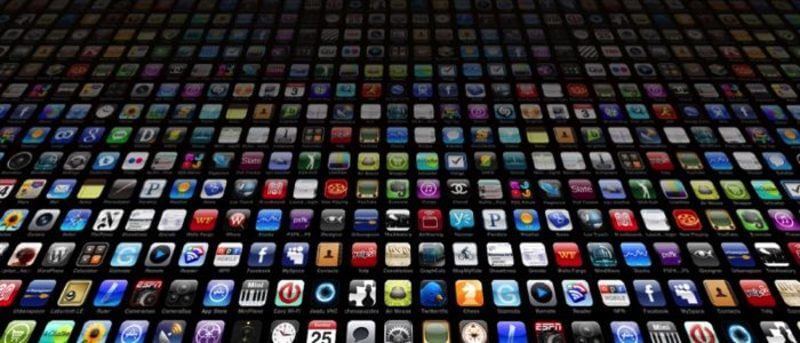
This year my team shifted the open source Material components libraries for iOS into maintenance mode. Why? A ...
Well, Ive always recommended this approach and was amassed by sheer amount of work put up by Google team to make their apps look so non-native and android-like on iOS platform. Looked like putting brand before user experience. Glad this nightmare is finally over
This is wonderful news. One big example is I`d love to see YouTube on the Apple TV go back to more like it was before, with native Apple UI look and feel.
Any idea about when we can expect these changes to release?
Good to hear. I never liked the google apps because they seemed so foreign on iOS.
Thanks for these insights. Just shared the thread with my Masters HCI classmates at Cheers!
Here`s hoping the switch also includes the YouTube and YouTube Music apps!
Just curious if other app developers were using the framework. How did their needs factor in the decision? Sounds like maybe there werent any or it didnt factor into the decision
Great insight thanks; would be super curious to see any examples here! I currently don`t see those changes in Google`s main apps yet is that upcoming? Been struggling w "brand vs native OS" struggles for years...
Can you please share more concrete examples? Before and after the design changes, maybe?
The reasons you outline are wonderful. But you missed the most important: itll give a better experience for users. I love many Google services, but I want apps on my iPhone to behave like my iPhone. This is wonderful news. Bravo! Any indication of when the results will roll out?
please unroll
Not sure if these fall under your responsibilities or not, but my most-used Google apps are YouTube and YT TV on tvOS. They both provide an awful, lowest-common-denominator UX thats among the worst on tvOS. What youre talking about is totally disconnected from my experience.
unroll
Hope this means multi-row selection with the standard 2-finger drag gesture in Gmail is coming!
/cc this is most unexpected and welcome. As someone who has written about this in the past, think this is a worthy update.
This . Shows truth and maturity.
I am looking forward to seeing the outcome of this maintenance/improvement
Might this mean that Google Maps on iOS might also soon support Dynamic Type? I have age-related farsightedness, and I struggle to read whats on the screen. [alt = within Google Maps, Ashley opens Control Center and increases the text size; the apps text size doesnt change] This sounds like good news for us on the accessibility team and more importantly our users.
I think I meant "quote" Lucas Pope here Source, for reference: (also just a really rad look into the design process for this game)
Huge Decision! Congrats on what youve accomplished so far, and making hard choices. This deeply aligns with my experiences w/ Design Systems but honestly, I thought Google was too big to recognize the sunk costs that may have reached further than the benefits justified.
unroll
This is all just the beginning of a big shift for my team. There`s a lot we still need to figure out, and we`re looking for design leads to help shape this as it continues to evolve. If this is of interest to you, hit up for more details. My DMs are open.
The time we`re saving not building custom code is now invested in the long tail of UX details that really make products feel great on Apple platforms. To paraphrase Lucas Pope, we`re "swimming in a sea of minor things", and I couldn`t be more excited about this new direction.
App bars become UINavigationControllers. Standard controls just need light branded touches. Lists can align with modern UITableView and list-based collection view APIs. Menus are just UIMenus. Simplification, while still affording distinction where it matters.
This evolution of how we approach design for Apple platforms has enabled us to marry the best of UIKit with the highlights of Google`s design language. The result? Many custom components simply aren`t needed anymore. And the ones that are, they now get more attention and focus.
Does a switch really need to be built custom in alignment with a generic design system? Or might it be sufficient to simply use the system solution and move on?
So at the beginning of this year, my team began a deep evaluation of what it means to build a hallmark Google experience on Apple platforms by critically evaluating the space of "utility" vs key brand moments, and the components needed to achieve either.
It`s now been almost ten years now since we set out on this journey, and many of the gaps MDC had filled have since been filled by UIKit often in ways that result in much tighter integrations with the OS than what we can reasonably achieve via custom solutions.
(Aside: omg so. many. UINavigationController subclasses. )
But as we continued on the pursuit of cross-platform pixel parity, our iOS components were slowly drifting further and further from Apple platform fundamentals because those fundaments were also evolving year over year.
Along the way, the problems we aimed to solve grew from filling gaps in UIKit to bridging design language gaps across platforms. Material came into being, and we eventually sourced many of our libraries as Material Components for iOS (MDC). 2012 and the original launch of Google Maps iOS, my team has supported the creation and maintenance of shared UI components across Google. This was originally born out of a need to fill gaps in UIKit`s design language.
